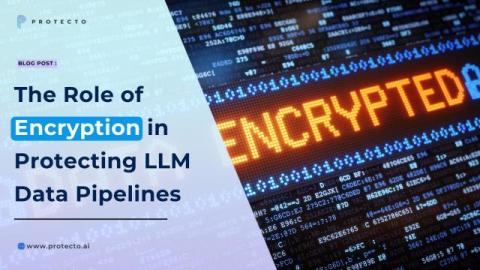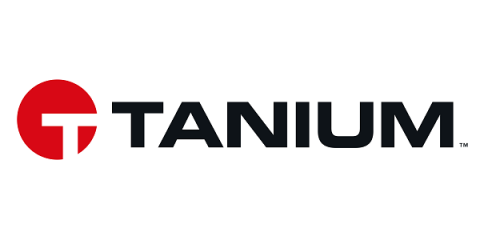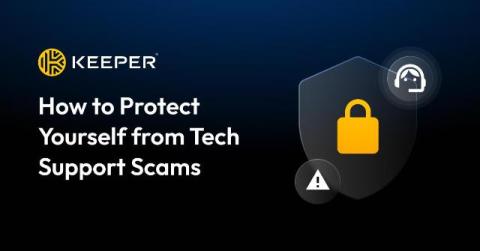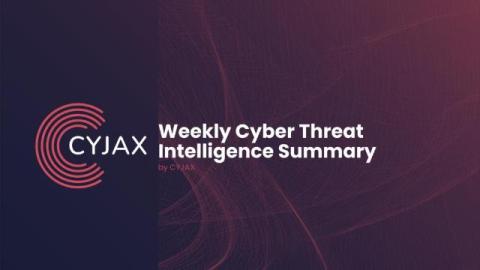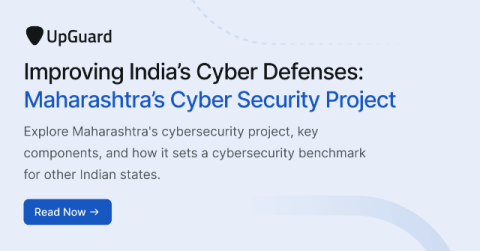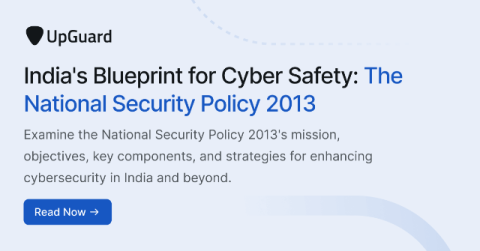Web Scraping for SEO: Don't Waste Money on Expensive Tools
Of course, everyone wants to dominate the SERPs. It’s a no-brainer! Want to know one of my favorite ways to achieve better rankings? Yup, web scraping! Web scraping is particularly useful for SEO; not only is it very cheap, but it allows you to access hyper-specific data that sometimes is not even visible through SEMRush’s or Ahrefs’ databases. Keep in mind anyone can disallow these two bots (and any bot actually) via their robots.txt.




